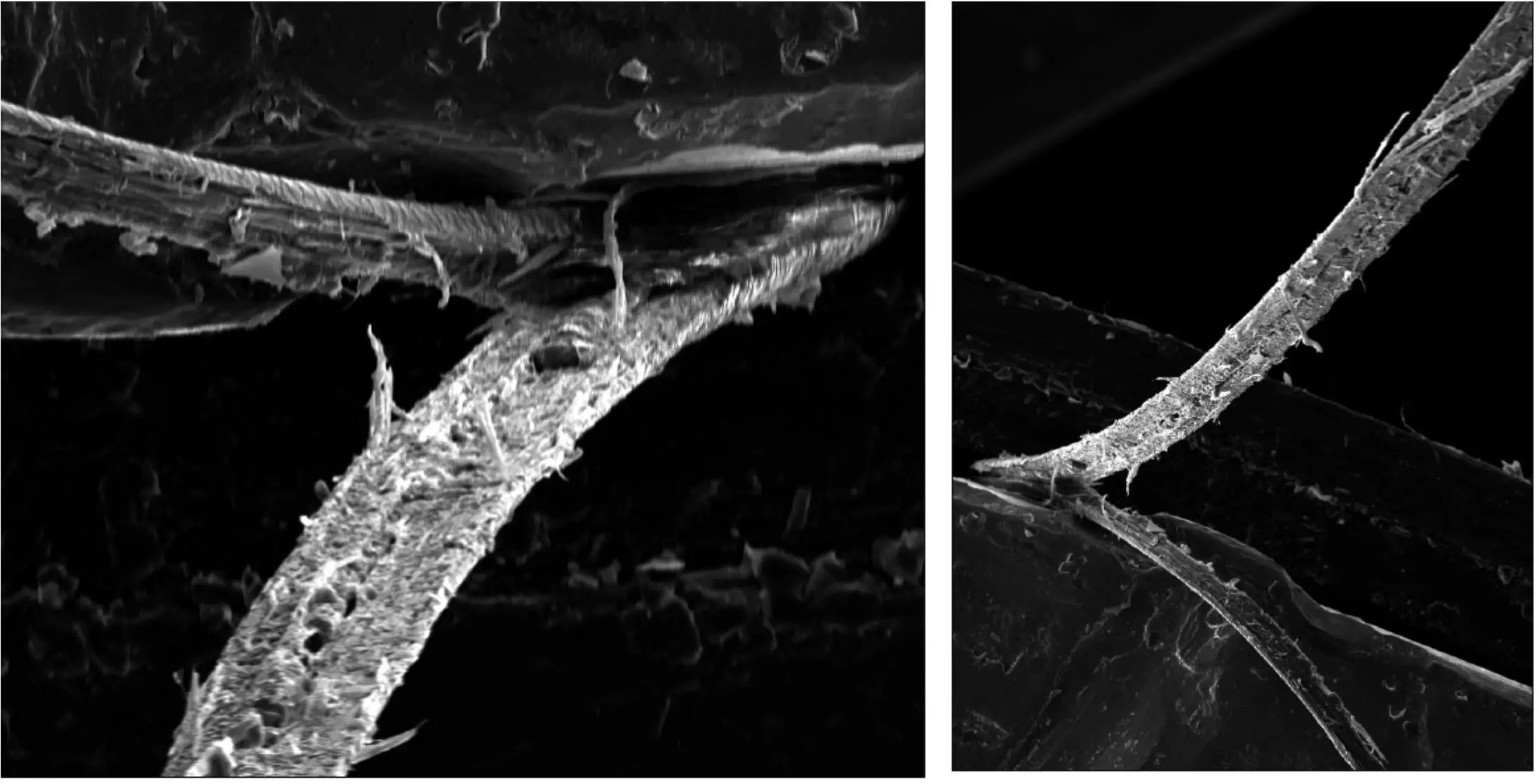In a groundbreaking study conducted by a team at Trinity College Dublin, the phenomenon of split ends in hair is being dissected like never before. Led by Professor David Taylor, the team has developed a machine specifically designed to recreate the process of combing tangled hair to better understand the science behind split ends. This research, which is part of the work at the Trinity Centre for Biomedical Engineering, marks a significant departure from Prof. Taylor’s usual focus on materials like human bone and seashells.
The team, in collaboration with cosmetics giant L’Oreal, tested two different types of hair: one from an individual with split ends and one from an individual without. Using the “Moving Loop Fatigue machine,” the researchers were able to induce splits in both types of hair. However, the split-prone hair exhibited a faster rate of splitting and generated significantly longer splits compared to the non-splitting hair. Intriguingly, even the non-splitting hair began to split when subjected to bleaching, similar to the split-prone sample.
Isobel Duffy, a researcher on the team, expressed astonishment at the effectiveness of the machine in creating consistent splits in hair strands. This discovery now opens the door to a deeper exploration of why some individuals are more prone to split ends than others. Prof. Taylor emphasized that this work represents an initial foray into scientifically understanding the biomechanics of hair splitting. The findings pave the way for future studies involving a broader range of participants with diverse hair types, such as curly hair, and taking into account factors like humidity, temperature, and various treatments.
Hair is a remarkably complex material, yet our knowledge of it remains limited. The implications of this research extend beyond the realm of academia, with potential impacts on the cosmetics industry and the millions of individuals worldwide who seek to care for their hair effectively. As Robert Teeling, another member of the team, reflected on his unexpected journey from engineering student to hair researcher, it becomes evident that the study of split ends is not merely about aesthetics but also about advancing scientific understanding and improving hair care practices on a global scale.
Through innovative technology and a multidisciplinary approach, the team at Trinity College Dublin has shed new light on the age-old problem of split ends. Their work not only uncovers the mysteries surrounding this common hair issue but also sets the stage for further exploration into the intricate world of hair biomechanics. As we continue to unravel the complexities of hair health, one split end at a time, the potential for transformative advances in the field of cosmetics and personal care looms on the horizon.


Leave a Reply